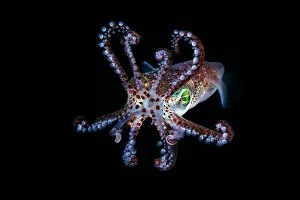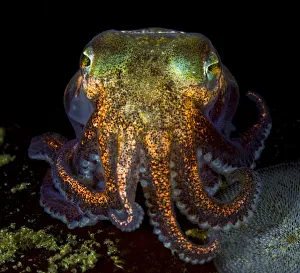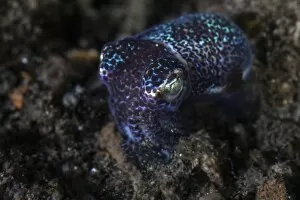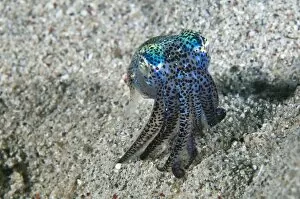Sepiolida Collection
Discover the fascinating world of sepiolida, a diverse group of squids found in various parts of the Pacific Ocean
All Professionally Made to Order for Quick Shipping
Discover the fascinating world of sepiolida, a diverse group of squids found in various parts of the Pacific Ocean. From the Stubby squid (Rossia pacifica) in Nigei Island, British Columbia to the Mimika bobtail squid (Euprymna morsei) in Hokkaido, Japan, these creatures showcase incredible adaptability. Take a glimpse into their underwater habitats like Komodo National Park in Indonesia and Queen Charlotte Strait in Canada. One such species is the Bobtail squid (Heteroteuthis hawaiiensis), gracefully resting on the seabed amidst vibrant marine life. Its unique appearance captivates with its striking colors and intricate patterns. Another member of this family is Sepiola rondeletii, an elegant squid that glides through ocean currents with grace and agility. The Rossia dispar adds to this mesmerizing array with its distinctive features and mysterious allure. These squids are known for their ability to blend seamlessly into their surroundings using camouflage techniques perfected over time. Witness nature's wonders as Bigfin reef squids tend to their precious eggs along buoy lines in Lembeh Strait, Indonesia. The dedication shown by these parents highlights their commitment towards ensuring future generations thrive. Sepiolida exemplifies both beauty and resilience within our oceans' depths. As we continue to explore and understand these remarkable creatures, let us strive towards preserving their habitats for generations to come.










